- Blog
- Through The Local Lens Paul Bennell
Discover our Area Through The Local Lens: Paul Bennell
Through the Local Lens' is a series celebrating the stunning Forest of Dean and Wye Valley through the eyes of passionate photographers who know this landscape intimately.
Each feature reveals what captures their imagination and draws them back time and again to this remarkable corner of Britain. From hidden gems that locals treasure to the seasonal transformations that make every visit unique, we explore how these artists see and experience the region's beauty.
Through their lenses and stories, discover what makes the Forest of Dean and Wye Valley so special, and perhaps find inspiration for your own photographic journey.
This episode focuses on the talented Paul Bennell and his experience of the area.
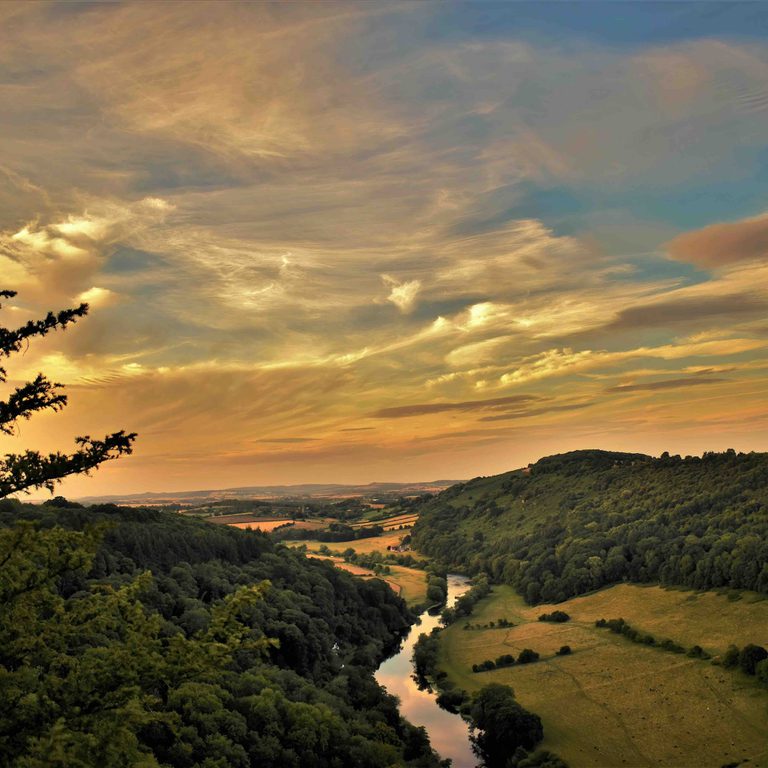
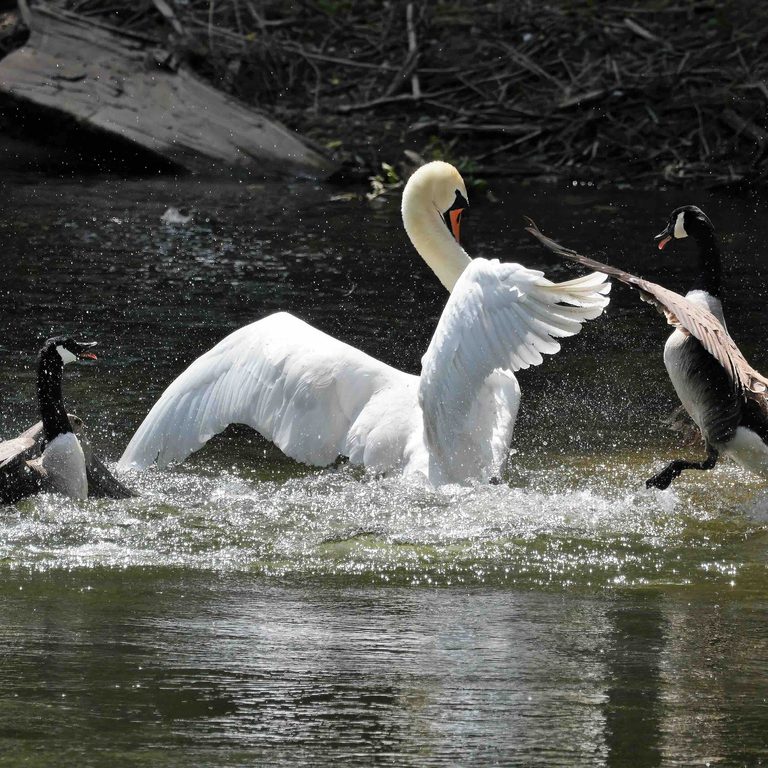

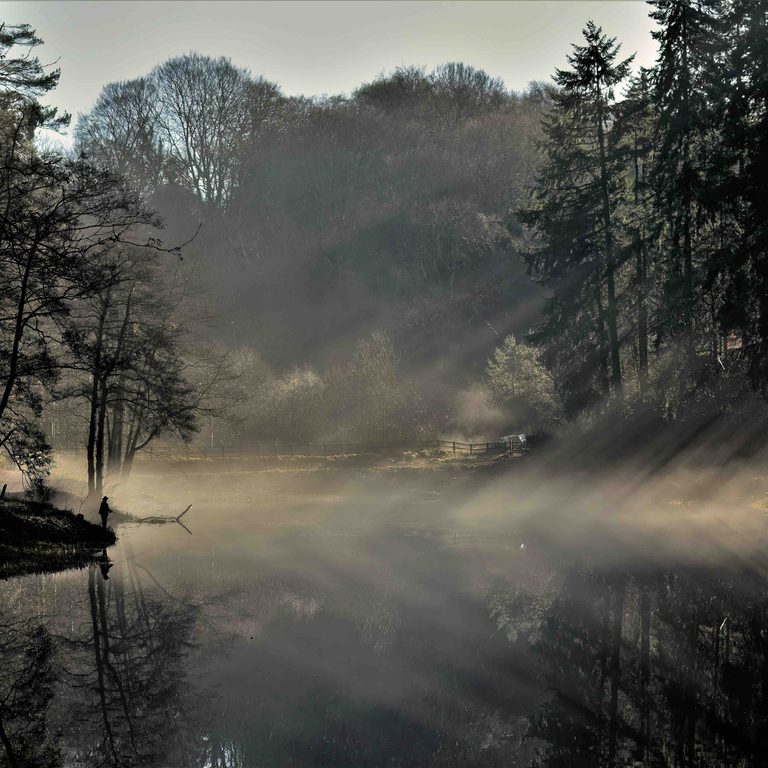

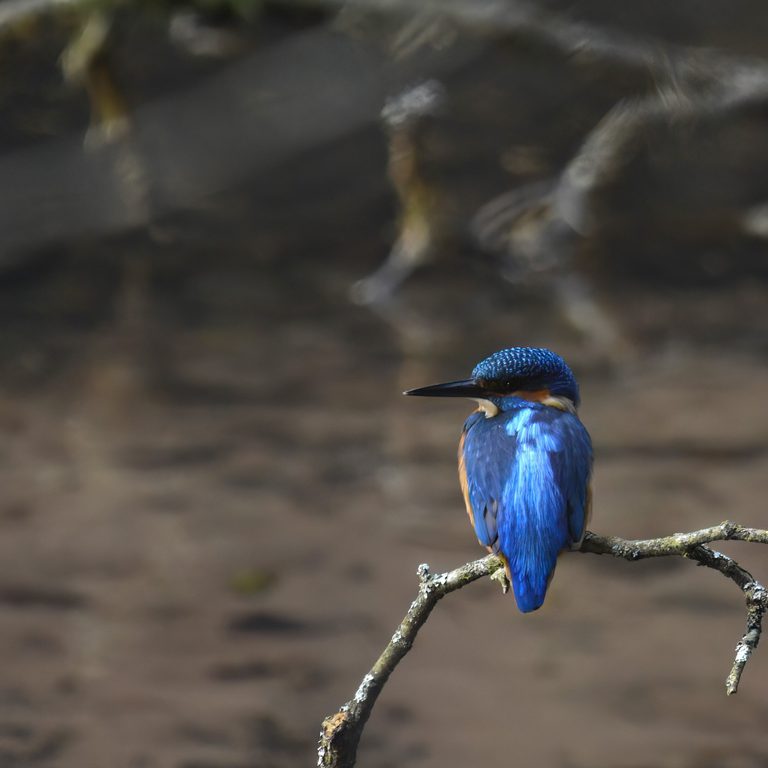
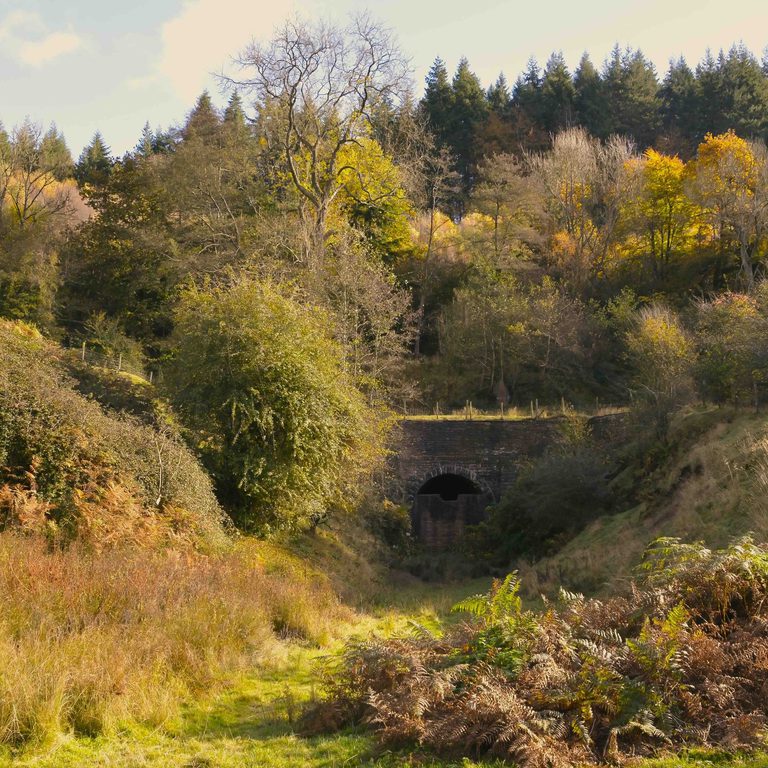
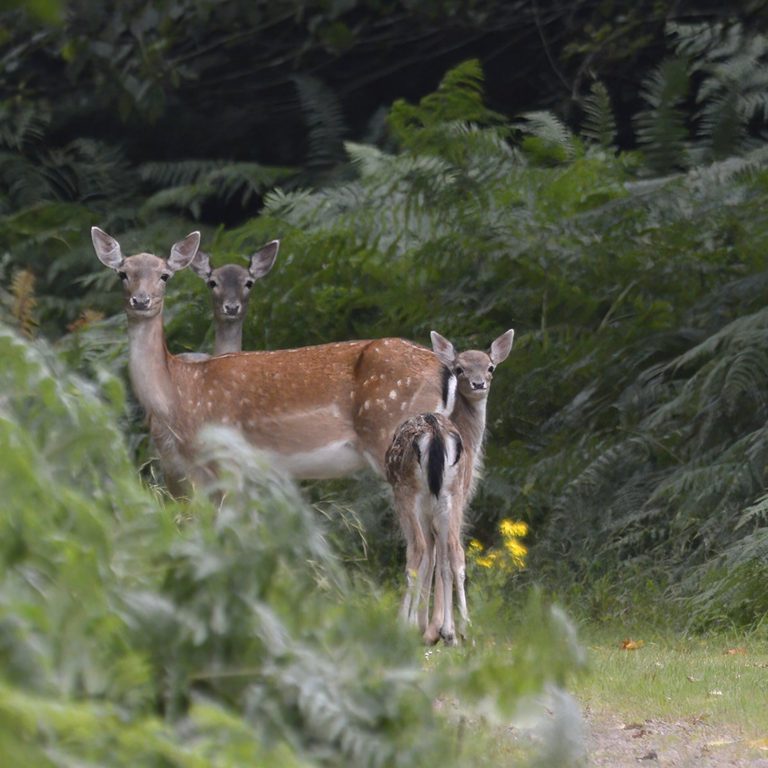
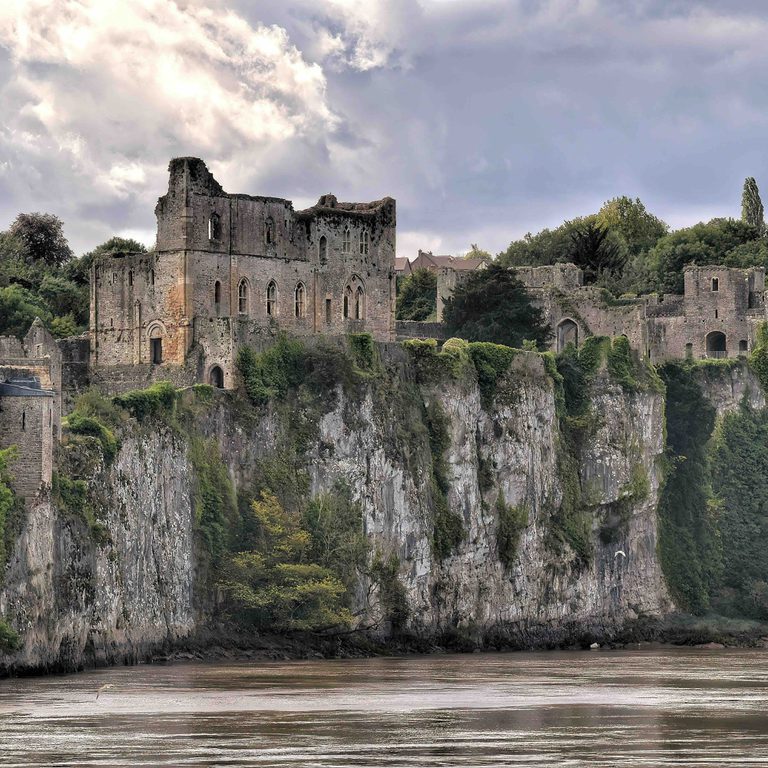

What draws you to photography in the Forest of Dean and Wye Valley?
There are so many things which encouraged me to take up photography in this area. The first and main thing was the quantity and variety of wildlife to be found here. I spent 60 years of my life living in flats or suburban houses where the most exciting thing I’d see in my garden (if I had one) was an occasional blue tit and urban foxes. In the first year we lived in the Forest we had 30 different species of bird use our bird feeders (I kept a list!) ranging from robins, blue tits, long tailed tits to siskins, redpolls and even a hawfinch. I quickly realised that “I would need a bigger lens” to really capture the beauty of these visitors which has been a bit of a trend since then. There are also all manner of insects – butterflies, dragonflies, damselflies, bees, beetles – of which I have developed a love of capturing pictures.
The second thing that draws me to photography in the area is the variety of landscapes and plants you can see throughout the year. The delights of different trees in various lighting conditions; beautiful river valleys scenes; wildflowers wherever you walk - bluebells in spring, foxgloves in May, summer flowers of hundreds of varieties; fungi in autumn – the forest is alive with all manner of fungi.
The last thing that I would say is how the same locations are so varied in their look and feel season by season and even day by day. I have certain locations which I regularly take pictures of and never get bored with – e.g. a fishing spot in Cannop Ponds or the Wye from Symonds Yat rock.
Can you share a location that locals might overlook but visitors would love to discover?
I would recommend the “Soudley Valley Rural Geology Trail, now known as the Blue Rock Trail,” which runs from Soudley towards Ruspidge. A flat trail that runs alongside the Cinderford Brook. It’s nice as a short walk where in summer you can see lots of wildflowers, butterflies, birds etc. There is also a short old railway tunnel to be seen plus some wood carvings (although the “Hod Boy” carving which was a recognition of the young kids that used to work in the mines, has now been moved to the Dean Heritage Centre). If you feel energetic you can follow a path up the side of the valley which would take you to an old, deserted quarry where you can see the different rock strata. It’s not a circular route so you go back the way you came (although if you are armed with a map there are other ways of getting back to Soudley).
What's your favourite season or time of day to capture this region, and why?
I find it hard to select any one time of the year as a favourite as each season brings something I look forward to (Spring Bluebells, Summer butterflies, dragonflies, summer bird visitors, autumn spectacular colours and fungi, winter snow, fog, stark landscapes not obscured by leaves). However, I would say my favourite time has to be autumn (“leafy peeping time”) as the forest becomes a spectacular mix of vibrant colours. If I have a time of day I prefer it would be just before sunset in summer when the sun shines through the trees and the forest takes on a golden hue for a brief period of time before the sun disappears.
Tell us about one of your photos from this collection - what's the story behind it?
This picture was taken at Soudley Ponds in early January 2018 just after 12.30pm. It had been a grey and overcast it was Cold and damp. At around this time the clouds dissipated, and the sun started shining strongly. This quickly warmed the air and the moisture in the trees and on the paths started to evaporate creating a mist in the air. The sun was behind the trees and suddenly the rays of the sunshine were clearly visible, so I started taking pictures on various setting as I wanted to make sure the impact that I was experiencing was captured. You will also see that there is an angler on the left-hand side of the photograph. This photo was my first “impact” photo. I received lots of positive feedback. A local artist (Lindsay Reid) painted a version of this photograph picture. This is when I started to think I might not be too bad at photography!
What would you want visitors to feel when they see our area through your lens?
I would hope that visitors get a feel of the natural beauty of the area and the variety of places and experiences that can be experienced just by walking or just sitting at any of the wonderful (free, apart from parking fees at some places) locations – Symonds Yat Rock, Lydbrook Tump, Cannop Ponds, Wenchford, Woorgreens Nature Reserve, Mallards Pike, Blaize Bailey, Soudley Ponds, the Colliers Trail, Point Quarry, the Historic Tramway etc.
What's changed in the region since you started photographing here?
I can’t say a lot has really changed in the 8 years I have been here. What I am very aware of is how the Forest has changed since the 1960s. Our very “natural” environment hides so many secrets as to the forest’s industrial past – if you know where to look you see the evidence of mines, railways, quarries etc. Sometimes you can be walking and see remains of old buildings that were once part of the forest’s industrial heritage.
Any photography tips for visitors wanting to capture their own memories here?
When taking pictures of wildlife always use the fasted shutter speed you can and continuous shots (I always use 6 frames per second when shooting wildlife) to give yourself the best chance of capturing “that” shot.
What local business, attraction, or community spot deserves more attention?
Woorgreens Nature Reserve run by the Gloucester Wildlife Trust.
About Paul Bennell
I was born in Islington, North London where I lived until my early 20s when I moved to SE London where I lived until 2017 when I retired early from my 39 year career in procurement with British Telecom and my wife, Kathryn, and I moved to Coalway in the Forest of Dean. We have 2 sons who live in their own homes but love visiting the Forest regularly to recharge their batteries and get away from the hustle and bustle of living in much more urban locations.
I have only taken up photography since moving to the Forest and it has become my hobby and my therapy. It encourages me to get out and discover the beauty of the forest and it’s surrounding areas in the Wye Valley and particularly the flora and fauna we share it with. My main passion in photography are birds.
Discover Paul's full work on Instagram here:
